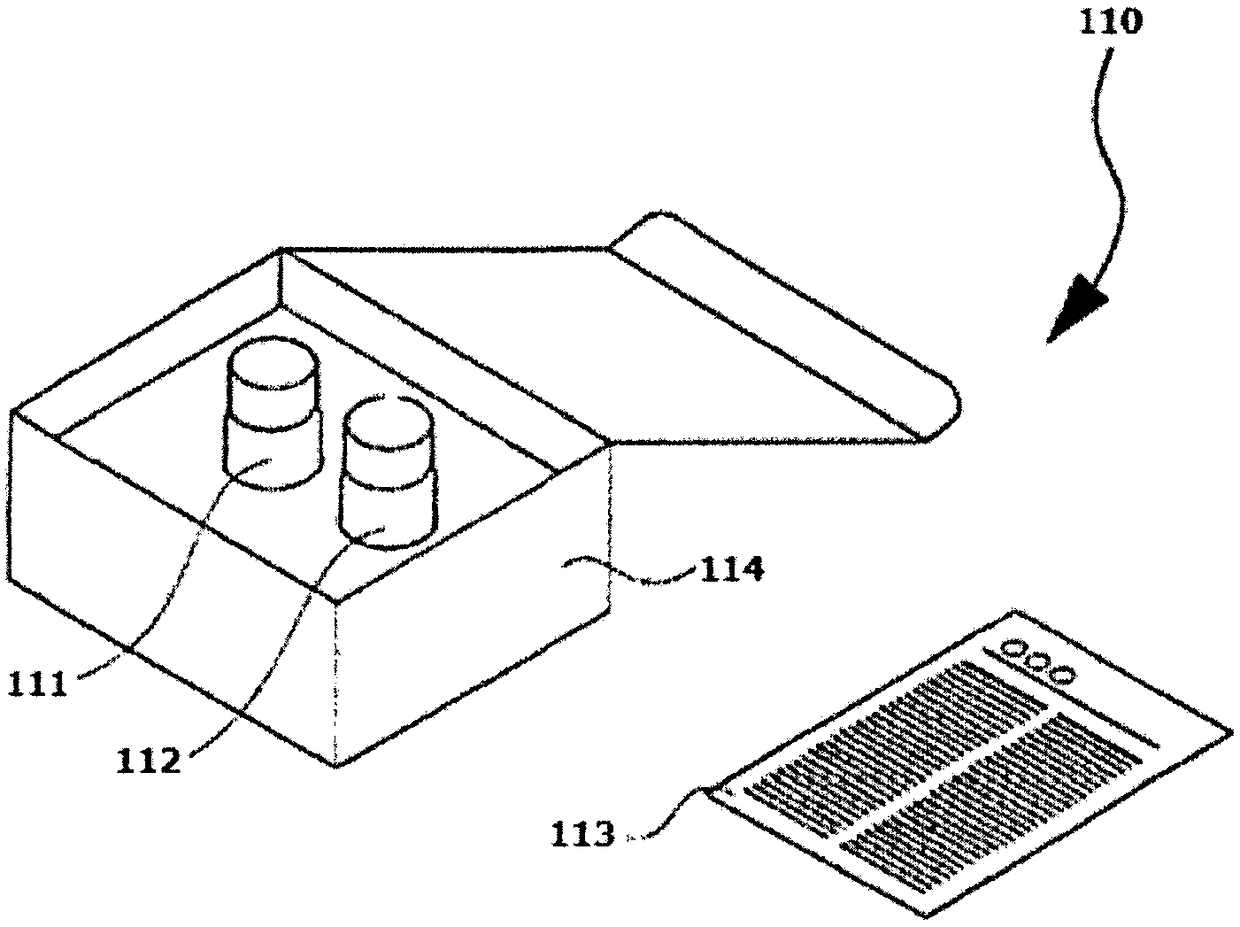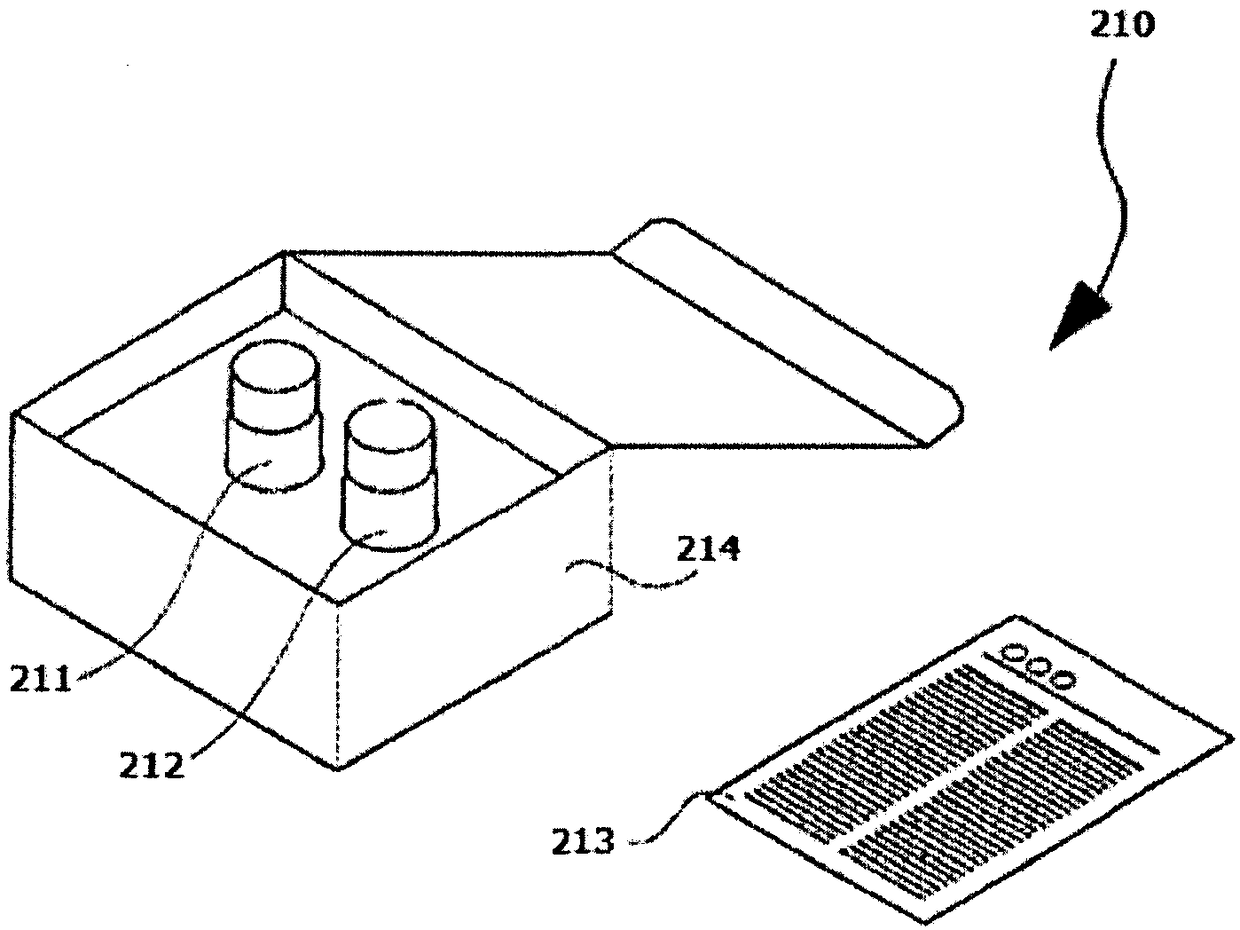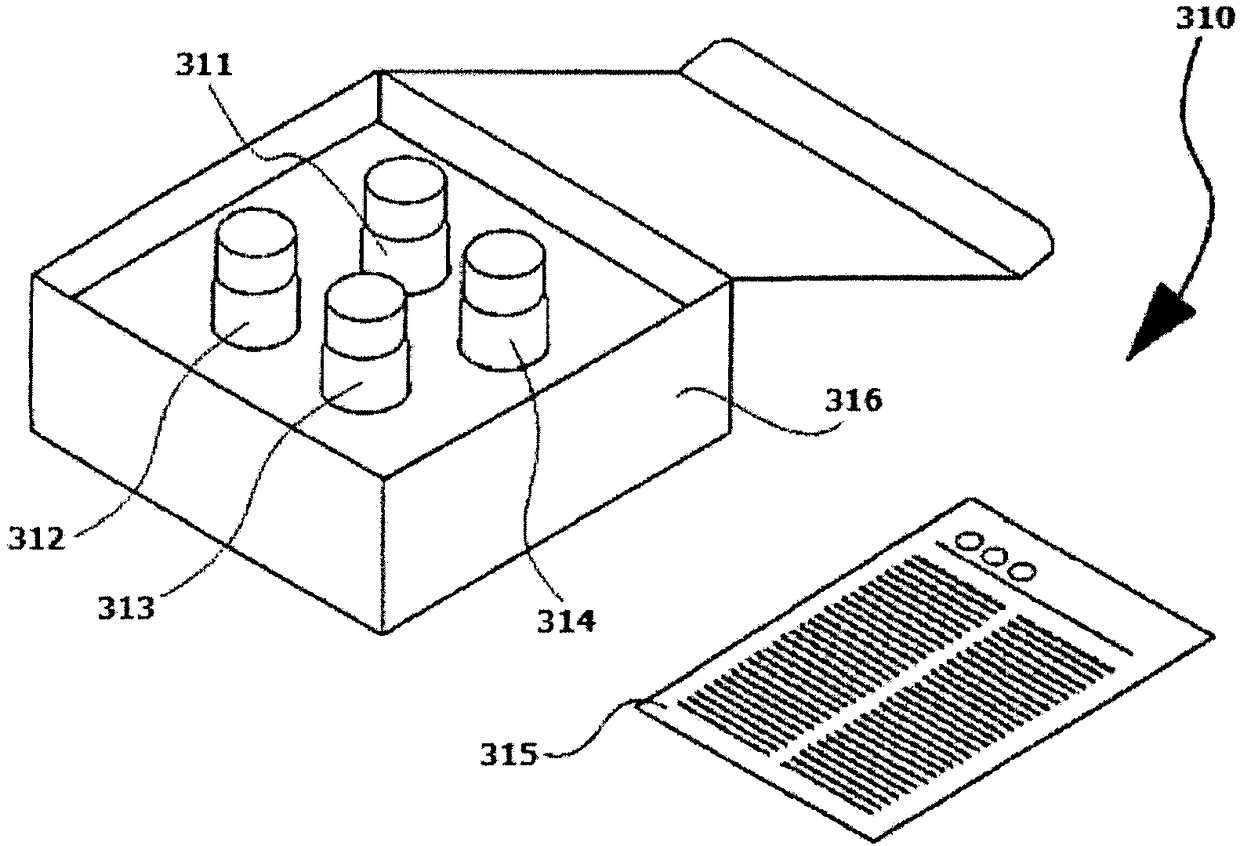Nucleic acid amplification method
A nucleic acid and amplification product technology, applied in the field of nucleic acid amplification, can solve problems such as false positives, and achieve the effect of suppressing false positives
- Summary
- Abstract
- Description
- Claims
- Application Information
AI Technical Summary
Problems solved by technology
Method used
Image
Examples
Embodiment approach
[0025] In the present embodiment, there is provided a nucleic acid amplification product that suppresses the influence of carryover by obtaining a target nucleic acid amplification product (first nucleic acid amplification product) in excess of the remaining nucleic acid and performing second nucleic acid amplification using it as a template. increase method. In the present embodiment, at least two nucleic acid amplification steps of the "first nucleic acid amplification step" and the "second nucleic acid amplification step" are performed. In the second nucleic acid amplification step, a new amplification reagent (polymerase or dNTPs) is added to part or all of the reaction solution containing the amplified product of the first nucleic acid amplification step to perform a nucleic acid amplification reaction. Usually, the second nucleic acid amplification step is performed in a container different from the container used in the first nucleic acid amplification step. Embodiment...
Embodiment 1
[0090] [Example 1: Preparation of DNA fragments containing uracil bases]
[0091] (1) Preparation of PCR reaction solution
[0092] Prepare a PCR reaction solution with the following composition: 12.5μl 10×PCR buffer, 12.5μl 100mM MgCl 2 , 2, 5 μl, 1 μl of primers 1 and 2 (10 μM), 0.5 μl template (7 pg / μl), 89.5 μl distilled water, 2.5 μl dNTP (10 mM each: dUTP, dGTP, dATP, dCTP), 2.5 μl Taq DNA polymerase (Peqlab: cat01-1020). The template is 500 copies of mutated DNA. The base sequence of one strand of the template is represented by SEQ ID NO: 1, and the other strand that forms a double strand (KRAS DNA fragment containing dUTP) together with the strand of SEQ ID NO: 1 is represented by SEQ ID NO: 2. Primers 1 and 2 are represented by SEQ ID NO:3 and 4.
[0093] (2) PCR cycle
[0094] The PCR reaction was carried out with the following cycles: 94°C for 2 minutes, 94°C for 10 seconds → 68°C for 1 minute → 70°C for 10 seconds three times, 94°C for 10 seconds → 59°C for 1 ...
Embodiment 2
[0123] In the same manner as in Example 1, BEAMing was carried out using a KRAS DNA sample prepared so that the variation rate was 0% or 1%, or a sample obtained by adding uracil-containing DNA to the same sample.
[0124] DNA containing dUTP was prepared by the same method as in Example. Pre-PCR was carried out in 50 μl of PCR reaction solution. The composition of each reaction solution is as follows: Phusion U: 5×Phusin high-fidelity buffer, 0.8 μl of Phusion U (both NEB), 0.2 μM of primer 1, 0.2 μM of primer 2, 0.25 mM of each dNTP, and 0.5mM MgCl 2 ; KOD Plus neo: 10× buffer, 0.8 μl KOD Plus neo, 0.2 μM primer 1, 0.2 μM primer 2, 0.2 mM each dNTP, 1.5 mM MgSO 4 .
[0125] The PCR conditions were the same as in Example 1. The conditions from emulsion PCR to analysis by flow cytometry were also the same as in Example 1.
[0126] As a result, similar to the results of Example 1, when Phusion U was used in the pre-PCR, the mutation rate was abnormally higher than 1% under...
PUM
 Login to View More
Login to View More Abstract
Description
Claims
Application Information
 Login to View More
Login to View More - R&D Engineer
- R&D Manager
- IP Professional
- Industry Leading Data Capabilities
- Powerful AI technology
- Patent DNA Extraction
Browse by: Latest US Patents, China's latest patents, Technical Efficacy Thesaurus, Application Domain, Technology Topic, Popular Technical Reports.
© 2024 PatSnap. All rights reserved.Legal|Privacy policy|Modern Slavery Act Transparency Statement|Sitemap|About US| Contact US: help@patsnap.com










